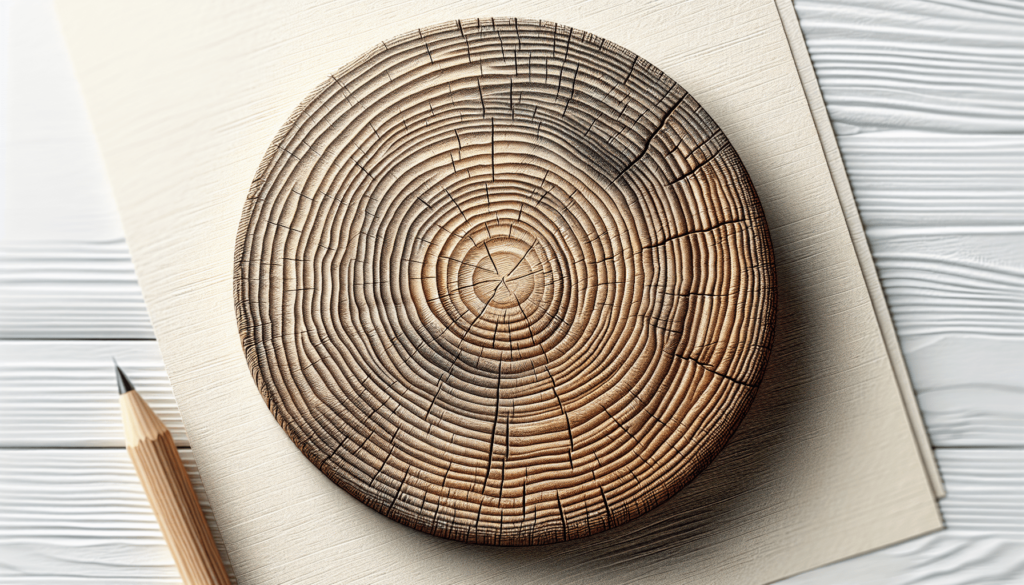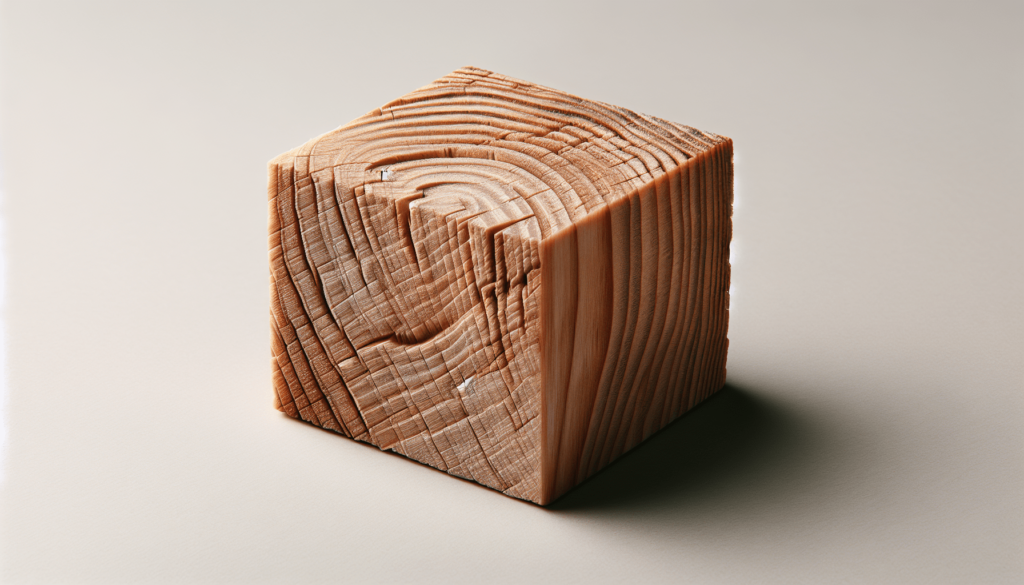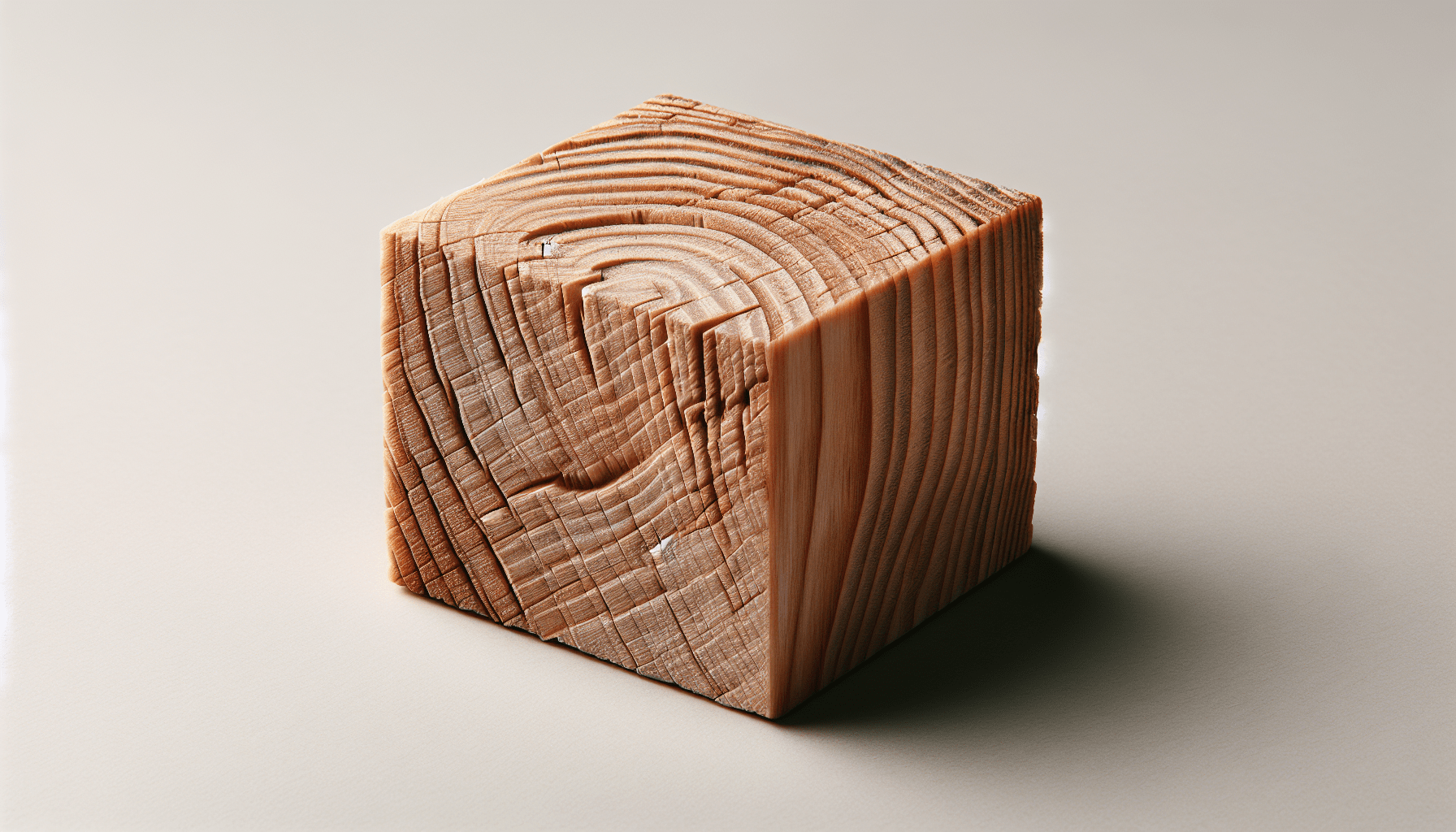Have you ever been halfway through a pyrography project and wondered if the wood you’re using is truly the best choice? Years ago, I found myself considering this very question while staring at a beautiful yet suspiciously smelly plank. Could that scent be a warning sign, I thought? Spoiler alert: it sure was.

What Wood Should Not Be Used for Pyrography?
Pyrography, or wood burning, is an art form that’s both ancient and addictive. You get to create something beautiful while engaging in a bit of controlled chaos. But even chaos has rules. One of the biggest rules? Choosing the right wood. The wrong wood can ruin your project faster than a cat at a yarn factory. So let’s break down the types of wood you should absolutely avoid.
Why Does Wood Matter in Pyrography?
First things first: why does the type of wood matter so much? Well, different woods have different properties. Some woods are soft and easy to burn, while others are hard and resistant. Some contain chemicals that can release toxic fumes when burned—making the difference quite literally a breath of fresh air or a health hazard.
Safety First
Before jumping into specific types of wood, consider this table summarizing some of the risks associated with using the wrong wood:
| Risk | Potential Hazard |
|---|---|
| Toxic Fumes | Respiratory issues, headaches |
| Uneven Burning | Ruined artwork, inconsistent lines |
| Excessive Smoke | Poor visibility, respiratory irritations |
| Poor Adhesion | Paint or varnish won’t stick properly |
Pressure-Treated Wood: Keep It Out of Your Workshop
If I could only tell you one thing about pyrography, it would be this: avoid pressure-treated wood as if it has the plague. This type of wood is treated with chemicals to protect it from rot and pests. However, when you apply heat to it, these chemicals turn into toxic fumes. Not exactly the ambiance you were going for, right?
Plywood: Looks Can Be Deceiving
When you first encounter plywood, you might think, “Hey, this looks pretty sturdy, and it’s cheaper than solid wood!” But plywood is another no-go zone for pyrography. It’s made by gluing together thin layers of wood, and these layers are held together by adhesives that will let out harmful fumes when burned. Plus, the layers might not burn evenly, giving you a less-than-ideal result.
MDF: Just Say No
Medium-density fiberboard (MDF) is like the Frankenstein’s monster of the wood world. It’s made from wood fibers, wax, and resin all stuck together under high pressure and temperature. Useful for lots of things, but a nightmare for pyrography. The fumes are toxic, and burning this material can give you uneven, ugly results.
Mesquite Wood: Not as Sweet as It Sounds
Mesquite wood might have a lovely name, but it’s not all that lovely for pyrography. This wood is extremely hard and dense, making it tough to burn evenly. It can lead to excessive smoke and create so much heat that you risk damaging your wood burning tool.
Cedar: Too Oily for Comfort
Cedar is another type of wood that seems great at first glance. It’s aromatic, relatively soft, and lightweight. But cedar wood contains a lot of natural oils. When you apply heat to it, these oils can produce excess smoke and fume, making your pyrography session a less pleasant experience.
Woods with High Resin Content
Resin is like nature’s glue, but when it comes to pyrography, it’s the enemy. Woods with high resin content will release sticky fumes that can coat your tools and your lungs, thank you very much. Avoid woods like pine, fir, and spruce for this reason.
Pine: A Sticky Situation
Anyone who’s ever been around pine knows that it’s full of resin. When burned, pine not only produces sticky smoke but also can create uneven, blotchy areas on your artwork. Plus, it smells pretty unpleasant when burned.
Fir and Spruce: More of the Same
Much like pine, fir and spruce also have high resin content. They might be great for your Christmas tree, but they are far from ideal for pyrography. Expect sticky smoke and a mess to clean up afterward.
The Pitfalls of Using Exotic Woods
Ah, exotic woods. They look beautiful, smell nice, and ooze sophistication. However, many exotic woods contain chemicals and oils that can be dangerous when burned. Additionally, some types of exotic woods are endangered, making them not only a poor choice for your health but also for the planet.
Examples of Exotic Woods to Avoid
| Exotic Wood | Known Issues |
|---|---|
| Purpleheart | Can cause respiratory issues |
| Teak | Contains silica, irritates lungs |
| Ebony | Hard to burn, produces toxic fumes |
| Rosewood | Contains allergens, can cause dermatitis |
What’s Safe for Pyrography?
We’ve talked a lot about what not to use—but what are some good, safe options? Stick with hardwoods like maple, birch, or basswood. These are dense enough to handle the heat well and are less likely to produce harmful fumes.
Maple: The Sweet Spot
Maple is a great choice because it’s hard but not too hard. It’s easy to find and doesn’t contain the problematic resin and oil that we’ve been talking about.
Birch: Reliable and Consistent
Birch is another winner. It’s readily available and has a consistent grain, making it ideal for producing clean, even lines in your artwork.
Basswood: The Pyrographer’s Favorite
If there’s an MVP in the pyrography world, it’s basswood. Soft, easy to burn, and perfect for detail work, basswood is your best friend in pyrography.
Final Thoughts
Selecting the right wood for pyrography is crucial. It’s not just about how your final piece will look, but also about your health and safety. Steer clear of woods that are pressure-treated, plywood, MDF, and those with high resin content like pine and cedar. Exotic woods may seem alluring, but the risks often outweigh the benefits.
Stick with hardwoods that are known to be safe, like maple, birch, and basswood. And please, always remember: your safety is the most important thing. No piece of art is worth sacrificing your health.


